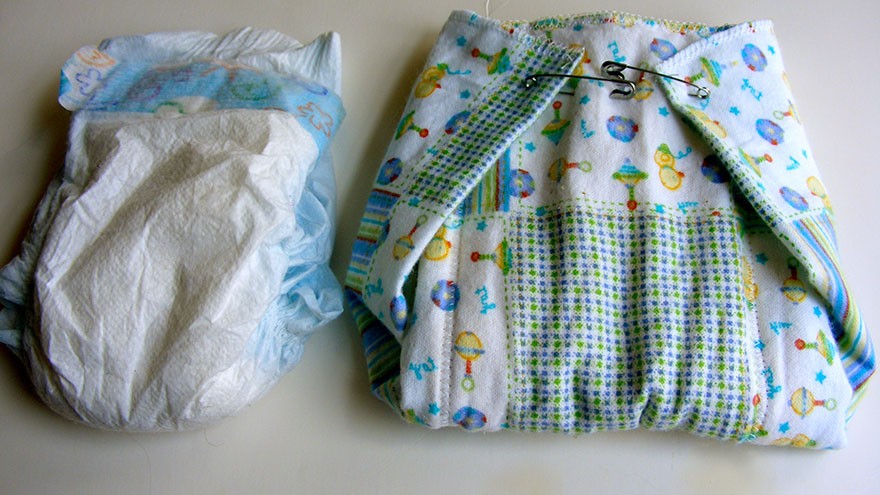Are Synthetic Cloth Diapers Safe?
People continue to debate whether cloth diapers are better for the environment than disposable diapers — even if they are reusable, they still use water and energy resources in order to clean them — but the cost savings are attractive.
As of 2019, diapering your child with disposable diapers for two years can cost about $1,950 while cloth diapering for the same amount of time can be as little as $520, according to the Real Diaper Network.
There are two main categories of cloth diapers: natural fiber diapers and synthetic cloth diapers. As of 2019, there have been no studies showing any danger from using synthetic cloth diapers.

What is Synthetic Diapers
Synthetic cloth diapers are made of materials like microfiber, suede cloth, polyester fleece and micro terry. Many synthetic cloth diapers also use a cover made of Polyurethane Laminate (PUL) or Thermoplastic Polyurethane (TPU) — both are types of plastic — to provide a waterproofing factor and keep your baby’s clothes dry.
The natural fabrics commonly used in diapers are cotton, hemp and bamboo — though the bamboo used in cloth diapers resembles the synthetic fabric of rayon due to processing and manufacturing.
Benefits of Synthetic Diapers
Synthetic diapers can offer several benefits to your diapering experience. Due to the absorbency and wicking factors found in the synthetic materials, your baby will not feel wetness as soon as she might with a 100 percent cotton diaper.
The waterproof factor of the PUL or TPU used in the cover of the diaper also provides a diaper that closely resembles the wicking and stay-dry benefits of disposable diapers.
Synthetic cloth diapers are also less expensive than their organic counterparts are and require no more than one wash to prep them for the first use, while natural fabric diapers require up to 5 washes to rid them of their natural oils.
Drawbacks
While there are no available studies showing possible dangers of using synthetic cloth diapers on your baby, as of 2013, synthetic cloth diapers are more susceptible to repelling issues — a loss of absorption — if diaper creams or ointments are used.
In addition, because of the synthetic fabric and its ability to suck in a lot of moisture, smells and stains commonly become a problem with synthetic diapers over time, requiring a laborious stripping process — washing the diapers in several hot cycles, scrubbing them by hand, drying them and starting again.
Babies with fabric sensitivity may also show signs of skin irritation when using synthetic cloth diapers.
Synthetic Cloth Diaper Options
When considering synthetic cloth diapers, you have two basic choices: all-in-one diapers or pocket diapers.
These types of diapers both include a cover — made of PUL or TPU — and the fabric against your baby’s bottom is usually microfiber, fleece or micro terry. All-in-one diapers include both the cover and the diaper fabric in one piece, both made of synthetic fabric.
Pocket diapers have a TPU or PUL cover with a synthetic fabric pocket inside that you stuff with an insert made of microfiber, fleece, wool or other fabric for absorbency. You can use natural pre-fold diapers as the stuffing for a pocket diaper, though the cover would still be synthetic.
You Might Also Like : Difference Between Flatfold & Prefold Diapers
Check out the video version of this article on YouTube

